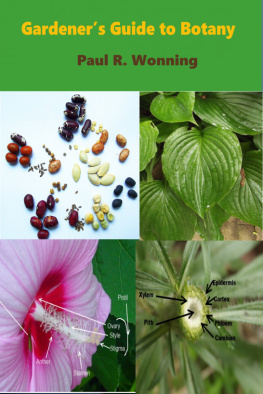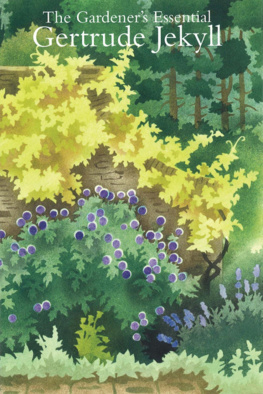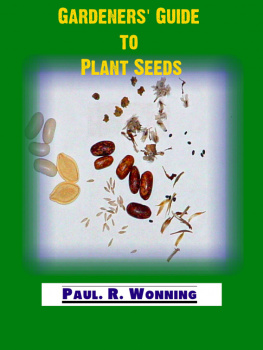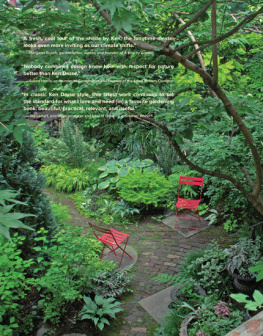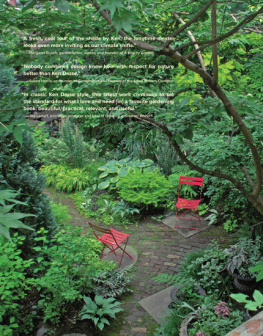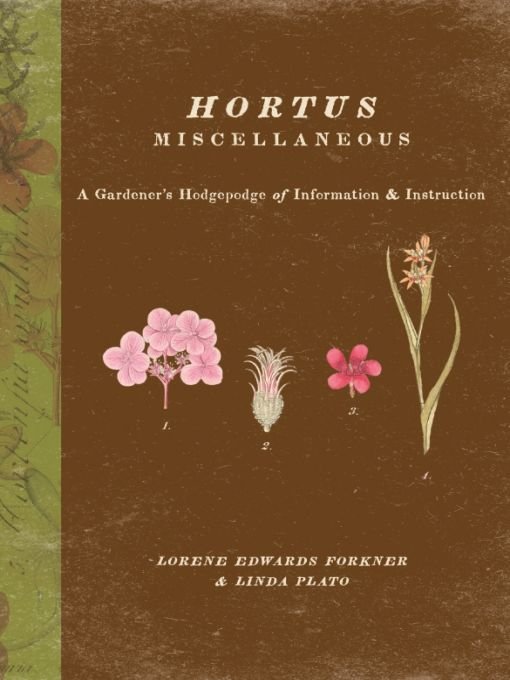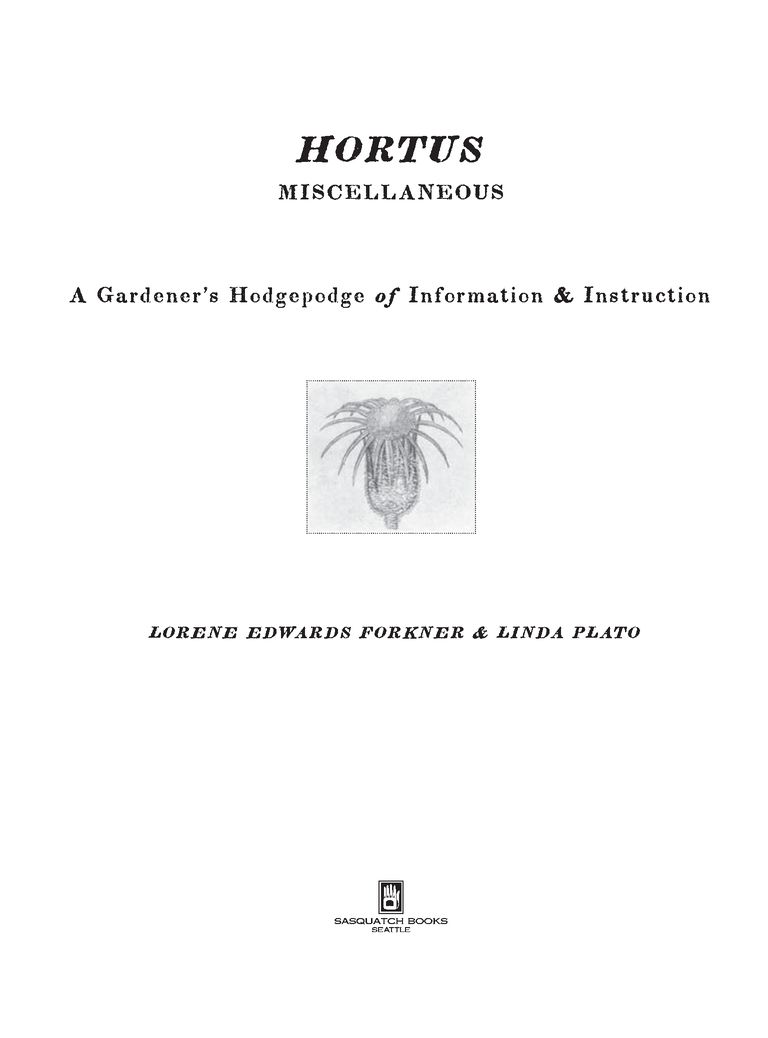Hortus Miscellaneous: A Gardeners Hodgepodge of Information and Instruction by Lorene Forkner and Linda Plato
Here you can read online Hortus Miscellaneous: A Gardeners Hodgepodge of Information and Instruction by Lorene Forkner and Linda Plato full text of the book (entire story) in english for free. Download pdf and epub, get meaning, cover and reviews about this ebook. year: 2011, publisher: Sasquatch Books, genre: Detective and thriller. Description of the work, (preface) as well as reviews are available. Best literature library LitArk.com created for fans of good reading and offers a wide selection of genres:
Romance novel
Science fiction
Adventure
Detective
Science
History
Home and family
Prose
Art
Politics
Computer
Non-fiction
Religion
Business
Children
Humor
Choose a favorite category and find really read worthwhile books. Enjoy immersion in the world of imagination, feel the emotions of the characters or learn something new for yourself, make an fascinating discovery.

- Book:Hortus Miscellaneous: A Gardeners Hodgepodge of Information and Instruction by Lorene Forkner and Linda Plato
- Author:
- Publisher:Sasquatch Books
- Genre:
- Year:2011
- Rating:3 / 5
- Favourites:Add to favourites
- Your mark:
Hortus Miscellaneous: A Gardeners Hodgepodge of Information and Instruction by Lorene Forkner and Linda Plato: summary, description and annotation
We offer to read an annotation, description, summary or preface (depends on what the author of the book "Hortus Miscellaneous: A Gardeners Hodgepodge of Information and Instruction by Lorene Forkner and Linda Plato" wrote himself). If you haven't found the necessary information about the book — write in the comments, we will try to find it.
From the kinds of trees standing at Great Dixter to the 20 deadliest flowers to the best small garden animals according to the Indiana Department of Agriculturegardening presents a trove of information to sift through. Where does botany start but with the naming and grouping of all flora? List-making is in the gardeners blood, and this collection of random facts, data, and wisdom will excite the Latin-spouting garden geek as much as the arrival of the new Heronswood catalog. Inspired by Schotts Original Miscellany, the book contains entries practical (the 15 ornamental plants that deer wont eat) and impractical (the flower on the grave of famed gardener Gertrude Jekyll). Hortus Miscellaneous includes thematic planting lists (blue flowers, night-blooming, shade ground covers); historic gardens (from Babylon to Central Park); size matters (biggest trees, longest root, heaviest cabbage); topiary; state flowers; maze patterns; mulch formulas; and much more.
Unknown: author's other books
Who wrote Hortus Miscellaneous: A Gardeners Hodgepodge of Information and Instruction by Lorene Forkner and Linda Plato? Find out the surname, the name of the author of the book and a list of all author's works by series.

